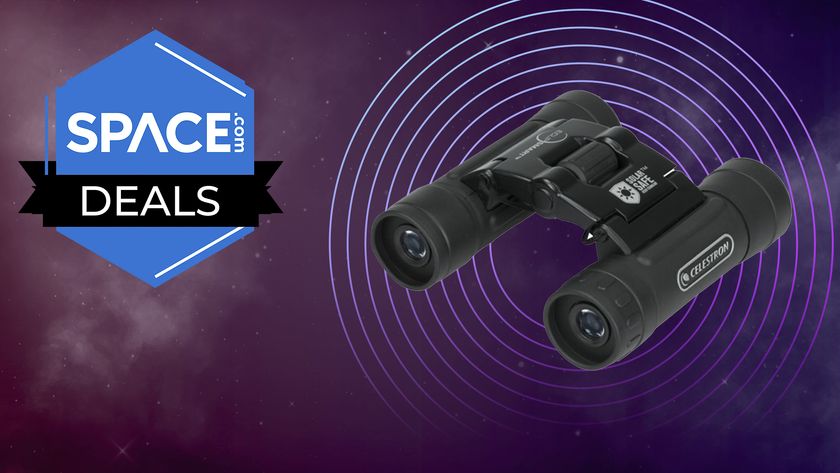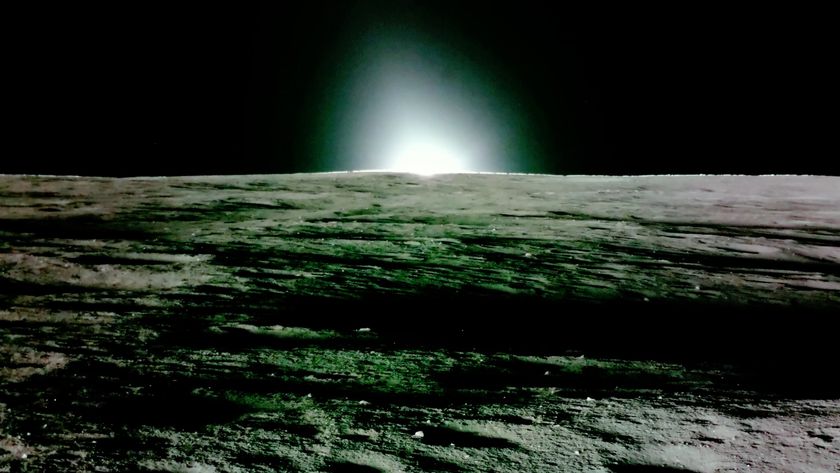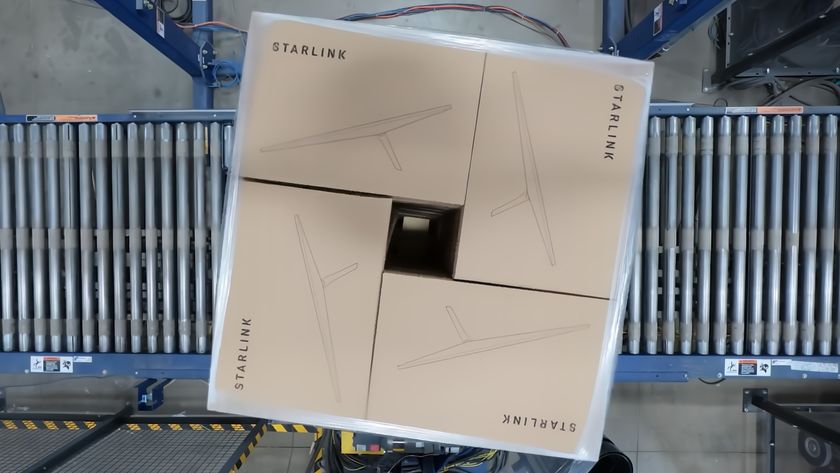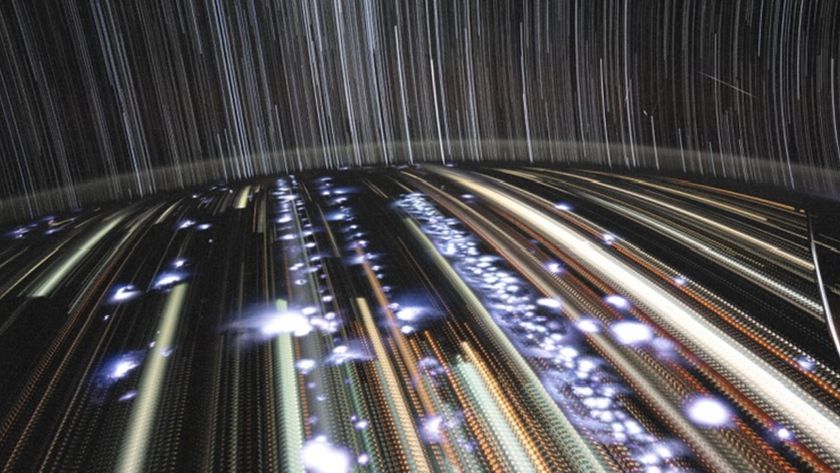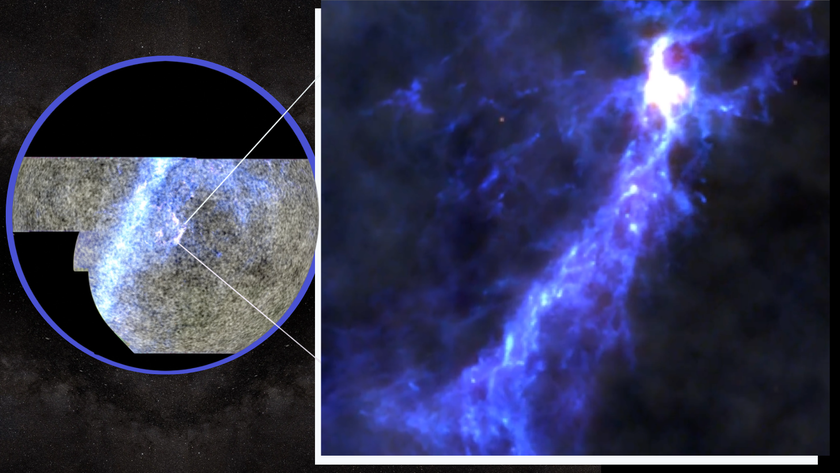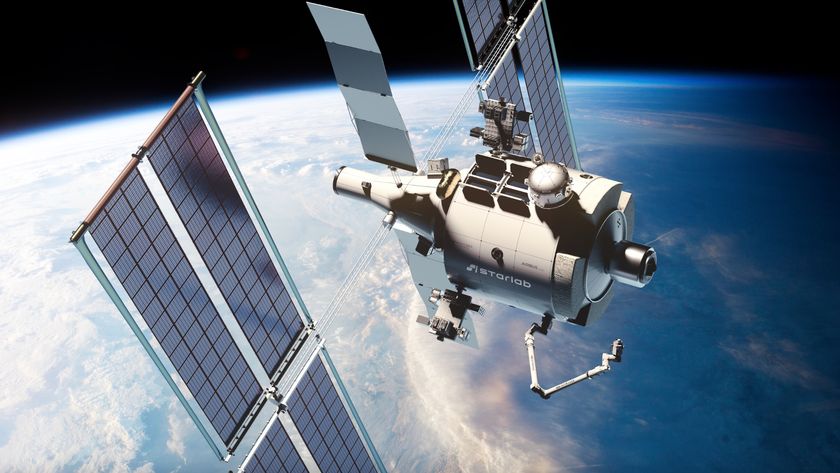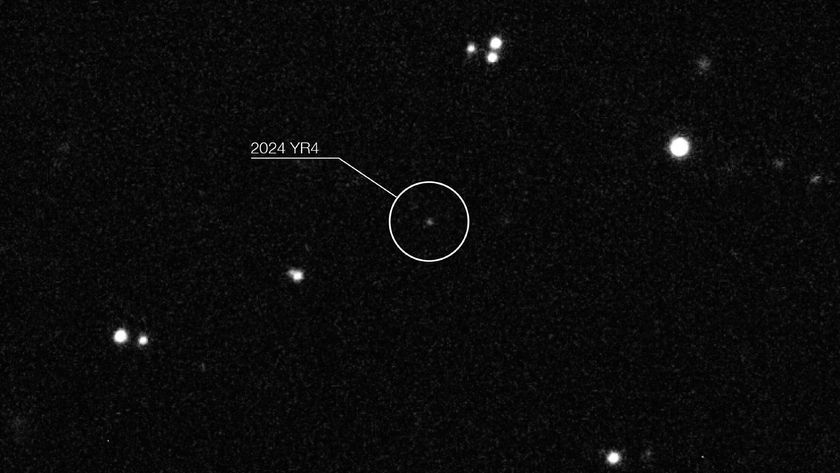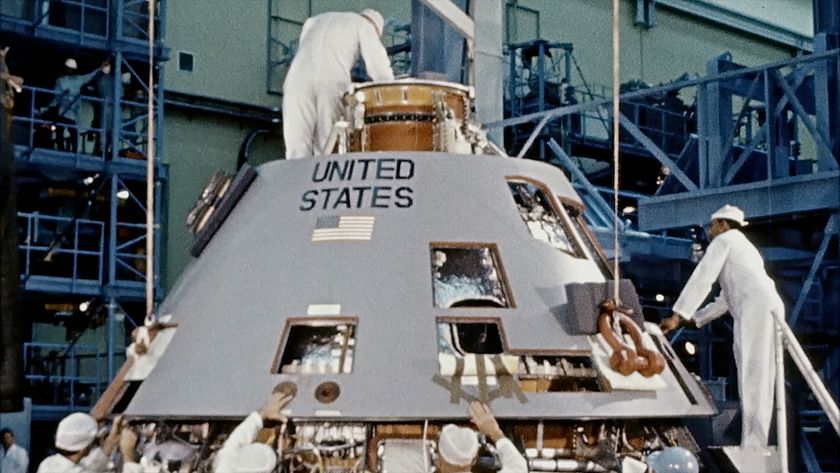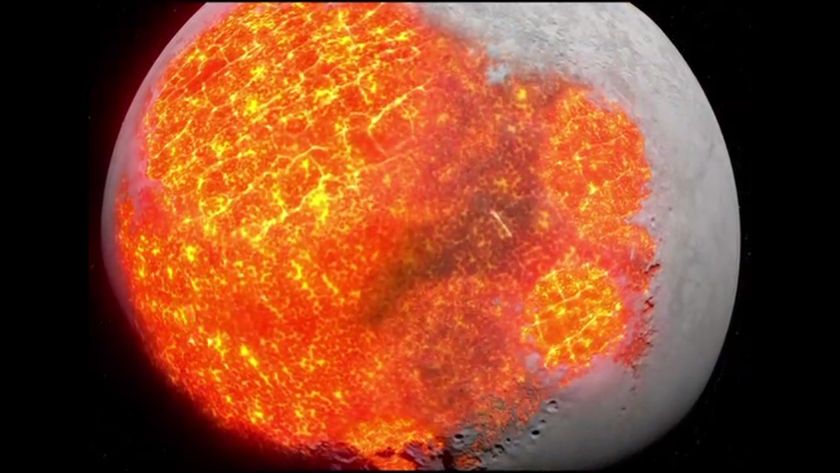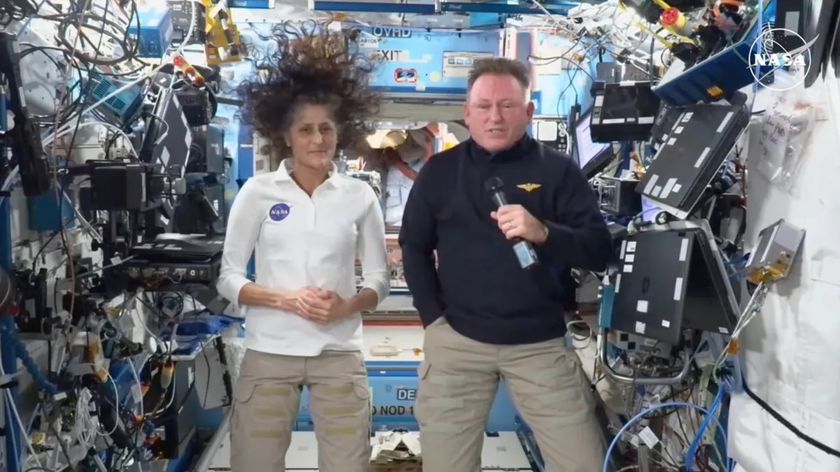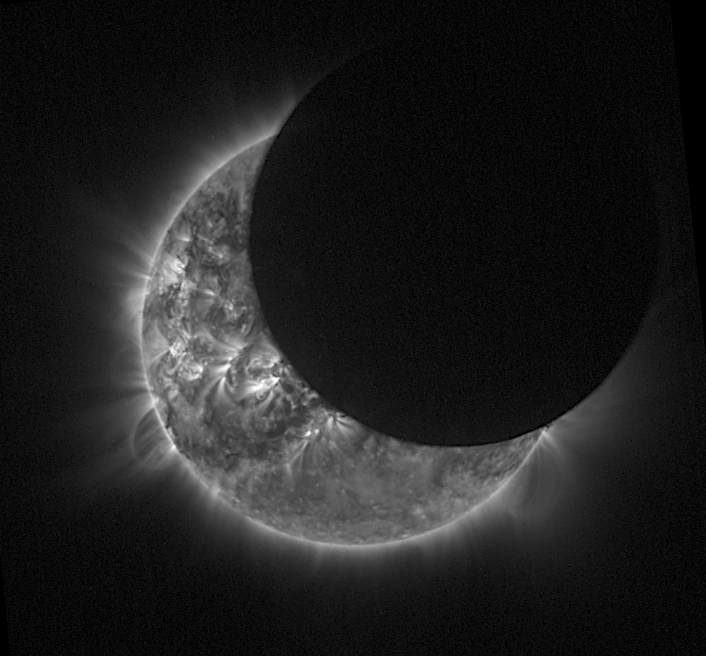
Most of the world missed out on Tuesday's solar eclipse, but a European satellite took full advantage of its ringside seat.
The European Space Agency's Proba-2 spacecraft captured video of the partial solar eclipse Tuesday (April 29), which was visible on Earth primarily from Australia and Indonesia.
While well-placed terrestrial observers witnessed just one prolonged eclipse, Proba-2 saw the moon blot out the sun four separate times over the course of 4 1/2 hours early Tuesday morning as the probe zipped around Earth again and again.
Tuesday's solar eclipse was the first of two that will occur in 2014. The second one, also a partial solar eclipse, will take place on Oct. 23 and will be visible from most of the United States and Canada.
The observations further pad Proba-2's extensive eclipse-watching resume. In November 2013, for example, the spacecraft observed a rare "hybrid" solar eclipse, which shifts from a total eclipse to an annular or "ring of fire" eclipse as seen from different points on the globe. And Proba-2 imaged another solar eclipse a year earlier, in November 2012.
Proba-2 is the second spacecraft in the European Space Agency's PRoject for OnBoard Autonomy line of satellites. The solar-powered probe weighs just 287 lbs. (130 kilograms) and circles Earth in a sun-synchronous orbit that takes it between 435 and 497 miles (700 and 800 kilometers) from the planet's surface.
The small, relatively low-cost Proba-2 launched in 2009 to study the sun and space weather with four different instruments, and to demonstrate a variety of technologies. Last year, ESA officials approved funding for Proba-2 science operations through the end of 2016.
Get the Space.com Newsletter
Breaking space news, the latest updates on rocket launches, skywatching events and more!
Editor's Note: If you snapped an amazing picture of the April 29 solar eclipse, you can send photos, comments, and your name and location to managing editor Tariq Malik at spacephotos@space.com.
Follow Mike Wall on Twitter @michaeldwall and Google+. Follow us @Spacedotcom, Facebook or Google+. Originally published on Space.com.
Join our Space Forums to keep talking space on the latest missions, night sky and more! And if you have a news tip, correction or comment, let us know at: community@space.com.

Michael Wall is a Senior Space Writer with Space.com and joined the team in 2010. He primarily covers exoplanets, spaceflight and military space, but has been known to dabble in the space art beat. His book about the search for alien life, "Out There," was published on Nov. 13, 2018. Before becoming a science writer, Michael worked as a herpetologist and wildlife biologist. He has a Ph.D. in evolutionary biology from the University of Sydney, Australia, a bachelor's degree from the University of Arizona, and a graduate certificate in science writing from the University of California, Santa Cruz. To find out what his latest project is, you can follow Michael on Twitter.
